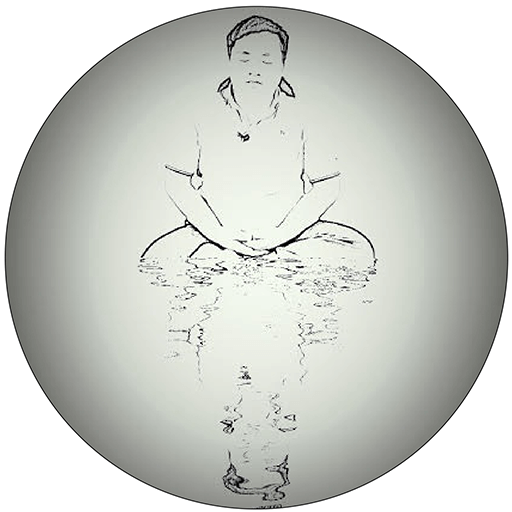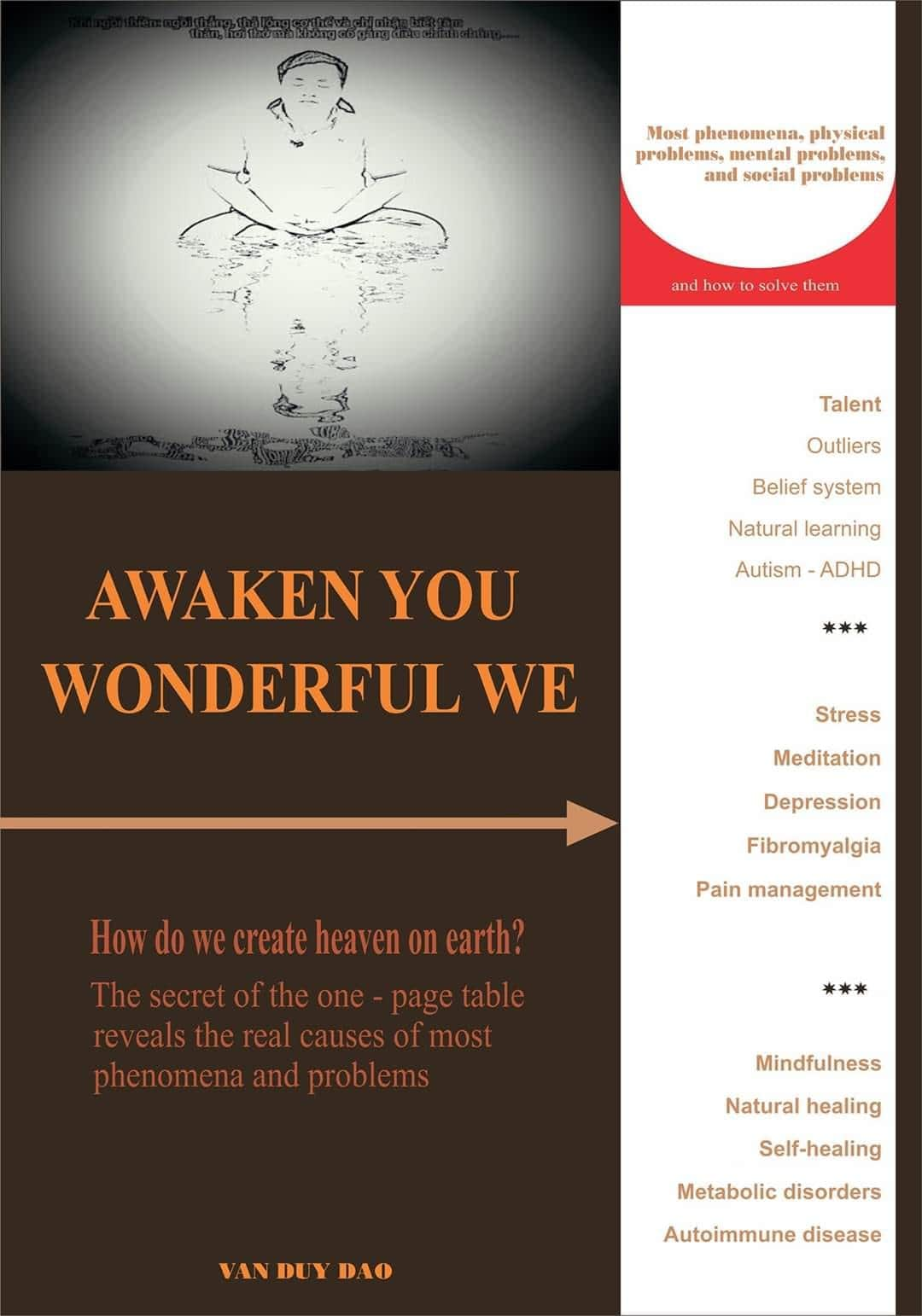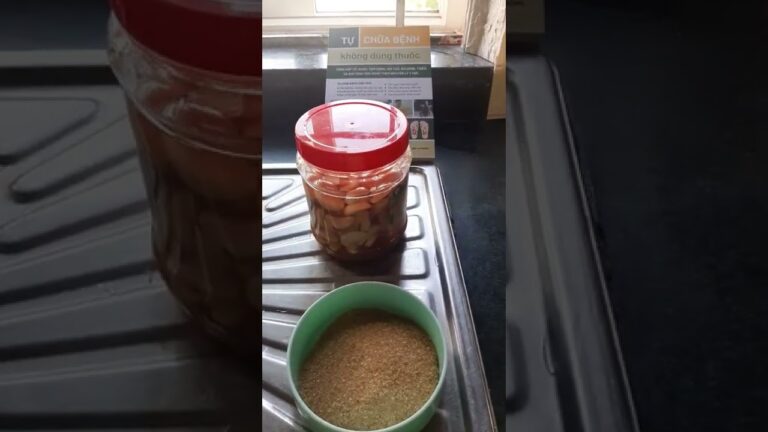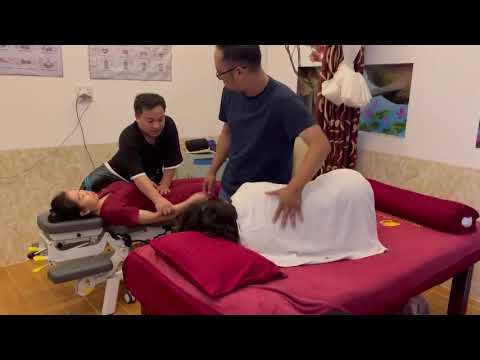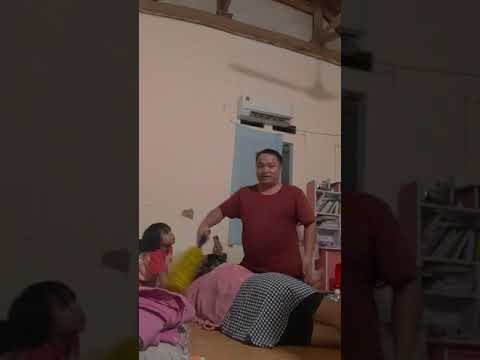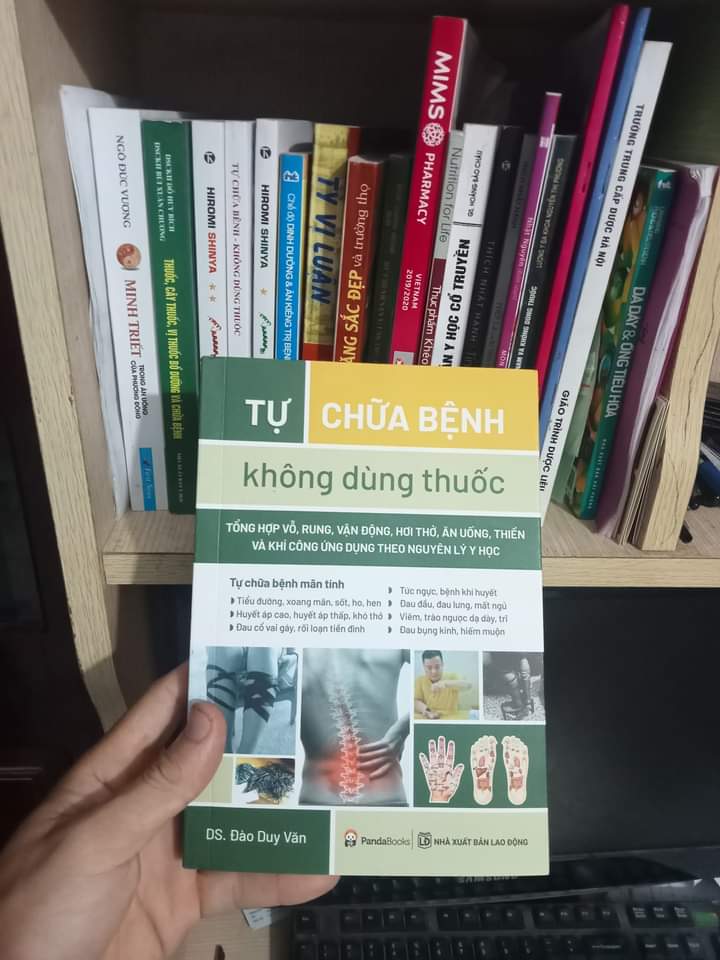Winning cancer, diabetes, fibromyalgia, pain, arthritis, metabolism diseases from mixing application of Papaya leaf juice, baking soda, aspirin, sugar, temperature, Vietnamese Qi Gong breathing, exercise, metabolism and traditional medicine for cancer
Winning cancer, diabetes, fibromyalgia, pain, arthritis, metabolism diseases from mixing application of
| AspirinSugarMetabolismPapaya leafTraditional medicine | Baking sodaTemperatureDeep breathingPhysical exerciseVietnamese Qi Gong |
In practice, the author has seen many cases that have been successfully recovered from cancer by alternative therapies without using any medicine. Astonishingly, Some of them are recovered by papaya leaf juice, some of them are by baking soda, some of them are by Qi Gong breathing or other therapies. On the other hand, the scientists also found that baking soda and raising body temperature also have a positive impact on cancer treatment so that physicians using baking soda and raising body temperature when applying chemotherapy for cancer. The question is how and why these cases are successful? The answer will give us an overall view of most diseases that we are dealing with. This is just part of my view and I have seen it had positive impacts on many cases. During studying the functions of the cells and organs, the author thought: “All of these functions will poorly execute or do not happens at all if we give its poor fuels or cut important parts of the metabolic reactions. The cells and organs are in an ecosystem. All fuels or ingredients should at the precise biological amounts. Nothing more, nothing less. Too many or too little of sugars can be seen as too much fuel or too little fuel, respectively, it can destroy the body, most are described well with hyperglycemia, hypoglycemia, hypotension, and hypertension.

Forget biology, forget biogenetics, forget biochemistry, forget immune system, forget the metabolism when there are the problems that reduce blood circulation like glycemia and blood pressure.
What is oxygen in the blood circulation for? When we talk about the vital role of oxygen, we forget that the vital role of oxygen is to interact with glucose in the cells catalyzed by many enzymes to generate energy. The main source of generate energy in cells is from glucose, enough glucose is as vital as enough oxygen.Blood pressure (BP) is the pressure of circulating blood on the walls of blood vessels. Most of this pressure is due to work done by the heart by pumping blood through the circulatory system. Used without further specification, “blood pressure” usually refers to the pressure in large arteries of the systemic circulation. Blood pressure is one of the vital signs, along with the respiratory rate, heart rate, oxygen saturation, and body temperature.The supply of the blood to the cells depends greatly on the blood circulation. This is why the exercise seems to benefit health overall. Physical movement greatly impacts the circulation of the blood to the organs, the fact is when someone being splinted the hand for several months, the splinted hand will become weak because it is reduced in size and muscle. This can be observed when we do test on animals.The circulatory system, also called the cardiovascular system or the vascular system is an organ system that permits blood to circulate and transport nutrients (such as amino acids and electrolytes), oxygen, carbon dioxide, hormones, glucose and blood cells to and from the cells in the body to provide nourishment and help in fighting diseases, stabilize temperature and pH, and maintain homeostasis.The circulatory system includes the lymphatic system, which circulates lymph.[1] The passage of lymph, for example, takes much longer than that of blood.[2] Blood is a fluid consisting of plasma, red blood cells, white blood cells, and platelets that is circulated by the heart through the vertebrate vascular system, carrying oxygen and nutrients to and waste materials away from all body tissues. Lymph is essentially recycled excess blood plasma after it has been filtered from the interstitial fluid (between cells) and returned to the lymphatic system. The cardiovascular (from Latin words meaning “heart” and “vessel”) system comprises the blood, heart, and blood vessels.[3]The lymph, lymph nodes, and lymph vessels form the lymphatic system, which returns filtered blood plasma from the interstitial fluid (between cells) as lymph.Coronary circulation is the circulation of blood in the blood vessels that supply the heart muscle (myocardium). Coronary arteries supply oxygenated, and glucose blood to the heart muscle and cardiac veins drain away from the blood once it has been deoxygenated. Because the rest of the body, and most especially the brain, needs a steady supply of oxygenated blood that is free of all but the slightest interruptions, the heart works constantly and sometimes works quite hard. Therefore its circulation is of major importance not only to its own tissues but to the entire body and even the level of consciousness of the brain from moment to moment. Interruptions of coronary circulation quickly cause heart attacks (myocardial infarctions), in which the heart muscle is damaged by oxygen starvation. Such interruptions are usually caused by ischemic heart disease (coronary artery disease) and sometimes by embolism from other causes like obstruction in blood flow through vessels.
| Globally, the average blood pressure, age-standardized, has remained about the same since 1975 to the present, at approx. 127/79 mmHg in men and 122/77 mmHg in women. |
[104] [127]Blood pressure is influenced by cardiac output, total peripheral resistance, and arterial stiffness and varies depending on the situation, emotional state, activity, and relative health/disease states. In the short term, blood pressure is regulated by baroreceptors which act via the brain to influence the nervous and endocrine systems. The main purpose is to give the cells enough energy to function well which varies depending on the site, situation, emotional state, activity, and relative health/disease statesBlood pressure that is too low is called hypotension, and pressure that is consistently high is hypertension.Thermoregulation, by definition, is a mechanism by which mammals maintain body temperature by tightly controlled self-regulation, no matter the temperature of their surroundings. Temperature regulation is a type of homeostasis, which is a process that biological systems use to preserve a stable internal state to survive. the temperature of around 37 degrees Celsius, which is equivalent to around 98.6 degrees Fahrenheit. Core temperature is most accurately measured via a rectal probe thermometer. This is the temperature at which the human body’s systems work together at their optimum, which is the reason the body has such tightly regulated mechanisms. Thermoregulation is crucial to human life. Without thermoregulation, the human body would not be able to adequately function and, inevitably, will expire.When the body’s ability to thermoregulate becomes hindered and is left untreated, organ failure is imminent. Blood flow will be reduced, leading to ischemia, and, ultimately, multiple organ failures. [24] [25] [104] [112] [222] [96] [101] [102] [123] [222]
Most of the symptoms have a relation to the hypoglycemia
Hypoglycemic symptoms can be divided into those produced by the counterregulatory hormones (epinephrine/adrenaline and glucagon) triggered by the falling glucose, and the neuroglycopenic effects produced by reduced brain sugar. For a long time, we only afraid of hyperglycemia and forget that hypoglycemia maybe much more dangerous than hyperglycemia. The diabetic patients usually have the feeling of hypoglycemia when they are late for meals with the signs of weakness, dizziness, tremor and cold sweating.The most common cause of hypoglycemia is medications used to treat diabetes mellitus such as insulin and sulfonylureas. Risk is greater in diabetics who have eaten less than usual, exercised more than usual or have drunk alcohol.Other causes of hypoglycemia include kidney failure, certain tumors, such as insulinoma, liver disease, hypothyroidism, starvation, an inborn error of metabolism, severe infections, reactive hypoglycemia and a number of drugs including alcohol. Low blood sugar may occur in otherwise healthy babies who have not eaten for a few hours.Table 9: The signs and the effects of hypoglycemia
| The signs and the effects of hypoglycemia | ||
| Sympathetic nervous system | Central nervous system | |
| Produced by the counterregulatory hormones | • Abnormal thinking, impaired judgment | • Difficulty speaking, slurred speech |
| • Shakiness, anxiety, nervousness | • Nonspecific dysphoria, moodiness, depression, crying, exaggerated concerns | • Ataxia, incoordination, sometimes mistaken for drunkenness |
| • Palpitations, tachycardia | • Feeling of numbness, pins and needles (paresthesia) | • Focal or general motor deficit, paralysis, hemiparesis |
| • Sweating | • Negativism, irritability, belligerence, combativeness, rage | • Headache |
| • Pallor, coldness, clamminess | • Personality change, emotional lability | • Stupor, coma, abnormal breathing |
| • Dilated pupils (mydriasis) | • Fatigue, weakness, apathy, lethargy, daydreaming, sleep | • Generalized or focal seizures |
| • Hunger, borborygmus | • Confusion, memory loss, lightheadedness or dizziness, delirium | • Abnormal thinking, impaired judgment |
| • Nausea, vomiting, abdominal discomfort | • Staring, glassy look, blurred vision, double vision | • Nonspecific dysphoria, moodiness, depression, crying, exaggerated concerns |
| • Headache | • Flashes of light in the field of vision | • Feeling of numbness, pins, and needles (paresthesia) |
| Shakiness, dysphoria. Significant hypoglycemia appears to increase the risk of cardiovascular disease | • Automatic behavior, also known as automatism | • Negativism, irritability, belligerence, combativeness, rage |
| In newborns, hypoglycemia can produce irritability, jitters, myoclonic jerks, cyanosis, respiratory distress, apneic episodes, sweating, hypothermia, somnolence, hypotonia, refusal to feed, and seizures or “spells.” | ||
[104] [112] [222] [96] [101] [102] [123]In both young and old patients, the brain may habituate to low glucose levels, with a reduction of noticeable symptoms despite neuroglycopenic impairment. In insulin-dependent diabetic patients, this phenomenon is termed hypoglycemia unawareness and is a significant clinical problem when improved glycemic control is attempted. Another aspect of this phenomenon occurs in type I glycogenosis, when chronic hypoglycemia before diagnosis may be better tolerated than acute hypoglycemia after treatment is underway.Hypoglycemic symptoms can also occur when one is sleeping. Examples of symptoms during sleep can include damp bed sheets or clothes from perspiration. Having nightmares or the act of crying out can be a sign of hypoglycemia. Once the individual is awake they may feel tired, irritable, or confused and these may be signs of hypoglycemia as well.In nearly all cases, hypoglycemia that is severe enough to cause seizures or unconsciousness can be reversed without obvious harm to the brain. Cases of death or permanent neurological damage occurring with a single episode have usually involved prolonged, untreated unconsciousness, interference with breathing, severe concurrent disease, or some other type of vulnerability. Nevertheless, brain damage or death has occasionally resulted from severe hypoglycemia.Research in healthy adults shows that mental efficiency declines slightly but measurably as blood glucose falls below 3.6 mmol. Hormonal defense mechanisms (adrenaline and glucagon) are normally activated as it drops below a threshold level 3.0 mmol for most people, producing the typical hypoglycemic symptoms of shakiness and dysphoria. Obvious impairment may not occur until the glucose falls below 2.2 mmol, and many healthy people may occasionally have glucose levels below 3.6 mmol in the morning without apparent effects. Since the brain effects of hypoglycemia, termed neuroglycopenia, determine whether given low glucose is a “problem” for that person, most doctors use the term hypoglycemia only when a moderately low glucose level is accompanied by symptoms or brain effects.What if local hypoglycemia, local hypotension appears in the brain, and other tissues of the body for years or even the decades? The author did record glycemia, temperature, and stiffness of the pain, numbness areas, the recorded results are much different from the normal areas of the same body. And when practitioners take sugar juice with suitable exercise, the author did see when the local glycemia, local temperature back to normal, most of the pain and numbness disappeared.
Table 10: Long-term effects of hypoglycemia
| Long-term effects of hypoglycemia | |
| Significant hypoglycemia appears to increase the risk of cardiovascular disease | |
| Serious illness may result in low blood sugar. Severe disease of nearly all major organ systems can cause hypoglycemia as a secondary problem. | |
| Hormone deficiency: Not enough cortisol, such as in Addison’s disease, not enough glucagon, or not enough epinephrine can result in low blood sugar. This is a more common cause in children.Pathophysiology: Like most animal tissues, brain metabolism depends primarily on glucose for fuel in most circumstances. A limited amount of glucose can be derived from glycogen stored in astrocytes, but it is consumed within minutes. For most practical purposes, the brain is dependent on a continual supply of glucose diffusing from the blood into the interstitial tissue within the central nervous system and into the neurons themselves. | |
| Therefore, if the amount of glucose supplied by the blood falls, the brain is one of the first organs affected. In most people, a subtle reduction of mental efficiency can be observed when the glucose falls below 65 mg/dL (3.6 mM). Impairment of action and judgment usually becomes obvious below 40 mg/dL (2.2 mM). Seizures may occur as the glucose falls further. As blood glucose levels fall below 10 mg/dL (0.55 mM), most neurons become electrically silent and nonfunctional, resulting in a coma. These brain effects are collectively referred to as neuroglycopenia. | |
| The importance of an adequate supply of glucose to the brain is apparent from the number of nervous, hormonal and metabolic responses to a falling glucose level. Most of these are defensive or adaptive, tending to raise the blood sugar by glycogenolysis and gluconeogenesis provide alternative fuels. If the blood sugar level falls too low, the liver converts a storage of glycogen into glucose and releases it into the bloodstream, to prevent the person going into a diabetic coma, for a short time. | |
| Prolonged, severe hypoglycemia can produce lasting damage to a wide range. This can include impairment of cognitive function, motor control, or even consciousness. The likelihood of permanent brain damage from any given instance of severe hypoglycemia is difficult to estimate and depends on a multitude of factors such as age, recent blood and brain glucose experience, concurrent problems such as hypoxia, and availability of alternative fuels. | |
| It has been frequently found that those type 1 diabetics found “dead in bed” in the morning after suspected severe hypoglycemia had some underlying coronary pathology that led to an induced fatal heart attack. In 2010, a case report was published demonstrating the first known case of an individual found “dead in bed” whilst wearing a continuous glucose monitor(CGM), which provided a history of glucose levels before the fatal event; the patient had suffered a severe hypoglycemic incident, and while the authors described only a “minimal counter-regulatory response” they stated no “anatomic abnormalities” were observed during autopsy. | |
[104] [112] [222] [96] [101] [102] [123]Hypoglycemia is also found in many people with hypothermia, like hypothermia, may be a result of hypoglycemia. The distribution of temperature in the body will lead us to know where the cells may suffer hypoglycemia and low temperature. The level of sugar in the blood is like the level of supplying energy for the billions of cells and organs function normally. Body temperature is also maintained by the the function of the body cells. The whole body is a big biologic machine that all of the activities of the cells in the body are belong to the energy supplied by the reaction that control by enzymes and these enzymes are very sensitive to the changing of the temperature.
Table 11: The signs and the effects of hypothermia
| The signs and the effects of hypothermia | ||
| Mild | Moderate | Severe |
| With sympathetic nervous system excitation. | Mental status changes such as amnesia. | Cold |
| Shivering | Confusion | No shivering |
| High blood pressure | Slurred speech | Hallucinations |
| Fast heart rate | Decreased reflexes | Inflamed skin |
| Fast respiratory rate | Loss of fine motor skills. | Pulmonary edema |
| Contraction of blood vessels | Mental status changes such as amnesia | Lack of reflexes |
| Increased urine production due to cold | Fixed dilated pupils | |
| Mental confusion | Low blood pressure | |
| Liver dysfunction may also be present | Physiological systems falter and heart rate, respiratory rate, and blood pressure all decrease. | |
| Pulse and respiration rates decrease | ||
| Fast heart rates: ventricular tachycardia, atrial fibrillation | ||
[45] [93] [105] [106] [107] [108] [109] [110] [116] [124] [176] [184] [200]
Table 12: Organ Systems Involved in disordered thermoregulation
| Multiple organs and body systems are affected when thermoregulation is not working correctly |
| 1. During heat illness as a result of improper thermoregulation, the following organs and systems are impaired. Notice that many of these issues cause or are influenced by other issues. |
| 2. The heart experiences an increased burden due to elevations in heart rate and increased cardiac output. |
| 3. The circulatory system sustains intravascular dehydration. |
| 4. The brain suffers from cerebral ischemia and/or cerebral edema. |
| 5. The gastrointestinal tract is vulnerable to hemorrhage and also, sepsis because the mucosa of the intestines increases its permeability |
| 6. The lungs suffer from the increase of hyperventilation, hyperpnea, and pulmonary vasodilation. |
| 7. Acute renal failure can commence because of the dehydration and impairment in circulation. |
| 8. Liver cells suffer because of the fever, ischemia, and cytokines increase in the intestinal tract. |
| 9. Electrolyte abnormalities are likely as well as hypoglycemia, metabolic acidosis, and respiratory alkalosis. |
[72] [73] [74] [75] [140] [178]
The facts of hypotension.
We do know that Blood the pressure is the vital signs, but we are taught that hypotension is so dangerous that we forget the danger of lower blood pressure. So that most of the therapists only afraid of hypertension and skip the danger of hypotension. Blood pressure is the vital signs of a healthy body. Blood pressure tell us the state of the circulatory system, also called the cardiovascular system, an organ system that permits blood to circulate and transport nutrients (such as amino acids and electrolytes), oxygen, carbon dioxide, hormones, glucose and blood cells to and from the cells in the body to provide nourishment and help in fighting diseases, stabilize temperature and pH, and maintain homeostasis.The circulatory system includes the lymphatic system, which circulates lymph. So the blood pressure tells us whether or not the cells, tissues, organs, and body in balanced. Traditional therapists pay close attention to the local blood circulation. Their treatment is aim at making systemic circulation and localized circulation in balanced. Traditional therapists can sense the tell exactly whether or not the specific organs, tissues have good blood circulation based on visible signs and sensual signs. By observing, the healthy people only have the feeling of dizziness or vertigo when they have hypotension or hypoglycemia.Coronary circulation is the circulation of blood in the blood vessels that supply the heart muscle. Coronary arteries supply oxygenated, and glucose blood to the heart muscle and cardiac veins drain away from the blood once it has been deoxygenated.Interruptions of coronary circulation quickly cause heart attacks, in which the heart muscle is damaged by oxygen starvation and glucose starvation. Such interruptions are usually caused by ischemic heart disease (coronary artery disease) and sometimes by embolism from other causes like obstruction in blood flow through vessels. Cardiologists are taught well about the vital role of blood circulation to the heart so they pay attention very closely to the health of the coronary arteries. Coronary artery disease causes the blood flow to the heart below the optimum level. but the facts are all the living cells of the body need an optimum level of the blood circulation. Many tissues and organs are not as important as the heart, so we do not see immediately the signs of localizing ischemic of these tissues. Poor local circulation will make the local disordered metabolism which will lead to abnormal functions of the organs, and the cells may die quicker than normal, withdraw to an inactive state or speed up the degeneration of the tissues. If too many tissues and organs have poor circulation for a long time, we may soon have systemic diseases or severe syndromes. This is why the hypotension should be paid more attention than normal. Any number of blood pressure below the normal number will cause the cells and organs to work below the normal level. The author has seen many practitioners who said they feel more tired, dizziness, fatigue or weakness since recent years, but when they went for a check-up, doctors could not find any diseases and problems. After checking their blood pressure, the author usually got the number below the normal number, the systolic pressure may be around 110 mmHg or 100 mmHg. This made the author think that, if these people have these low blood pressure for years or decades, they will get specific diseases. It is just the blood flow to all organs and tissues are below the optimum level.
Table 13: The signs and the effects of hypotension.
| The signs and the effects of hypotension | The mechanism |
| · Lightheadedness or dizziness. | Not enough glucose and oxygen |
| · If the blood pressure is sufficiently low, fainting may occur. | Severe lacking glucose and oxygen |
| · Chest pain | Not enough glucose and oxygen make the heart and lung have to work more, this causes the pain |
| · Shortness of breath | The brain stimulate to take more breath to get oxygen |
| · Irregular heartbeat | Not enough glucose and oxygen |
| · Fever higher than 38.3 °C (101 °F) | Impaired thermoregulation |
| · Headache | Not enough glucose and oxygen |
| · Stiff neck | Not enough glucose and oxygen make the muscle cells become inactive. These are muscle we use most of the time. |
| · Severe upper back pain | Not enough glucose and oxygen make the muscle cells become inactive. These are muscle we use most of the time. |
| · Cough with sputum | |
| · Prolonged diarrhea or vomiting | Not enough glucose and oxygen make the muscle cells become inactive or semi-paralyzed mixed with overactive |
| · Dyspepsia (indigestion) | Not enough glucose and oxygen for the cells act well. |
| · Dysuria (painful urination) | |
| · Acute, life-threatening allergic reaction | The reduction of the immune system |
| · Seizures | Severe lacking glucose and oxygen make the brain cells overactive disharmony mixing with inactive. |
| · Loss of consciousness | Not enough glucose and oxygen |
| · Profound fatigue | Hypotension are the vital signs |
| · Temporary blurring or loss of vision | Not enough glucose and oxygen |
| · Black tarry stools | Not enough glucose and oxygen for the intestine cells. |
[172] [69] [103] [104] [121] [172] [187]
References:1. 15 Best Health Benefits of Eating Papaya. (n.d.). In Wikipedia. Retrieved July 17, 2019, from https://www.gyanunlimited.com/health/papaya-benefits-and-nutritional-facts-of-papaya/5960/
2. A Level Biology. (n.d.). Factors Affecting Enzyme Activity. Retrieved July 17, 2019, from https://alevelbiology.co.uk/notes/factors-affecting-enzyme-activity/3. Ahmad N, Fazal H, Ayaz M, et al. Dengue fever treatment with Carica papaya leaves extracts. Asian Pacific Journal of Tropical Biomedicine. 2011:330-333.4. AIDS. (n.d.). In Wikipedia. Retrieved July 17, 2019, from https://en.wikipedia.org/wiki/HIV/AIDS5. Alina Wo., Bartosz W., Gerard D., Celestyna Mila-K., and Andrzej R. (2007, February 16). The effect of whole-body cryostimulation on lysosomal enzyme activity in kayakers during training. Authors. Authors and affiliations. Original Article. First Online: 16 February 2007. Retrieved July 17, 2019, from https://link.springer.com/article/10.1007/s00421-007-0404-0.6. Alzheimer disease. (n.d.). In Wikipedia. Retrieved July 17, 2019, from https://en.wikipedia.org/wiki/Alzheimer%27s_disease7. Andrea Kurz, MD; Daniel I. Sessler, MD; Richard Christensen, BA; Martha Dechert, BA. (n.d.). Heat Balance and Distribution during the Core-Temperature Plateau in Anesthetized Humans. Retrieved July 17, 2019, fromhttps://anesthesiology.pubs.asahq.org/article.aspx?articleid=20292348. Andreas Eenfeldt. (2019, April 17)….
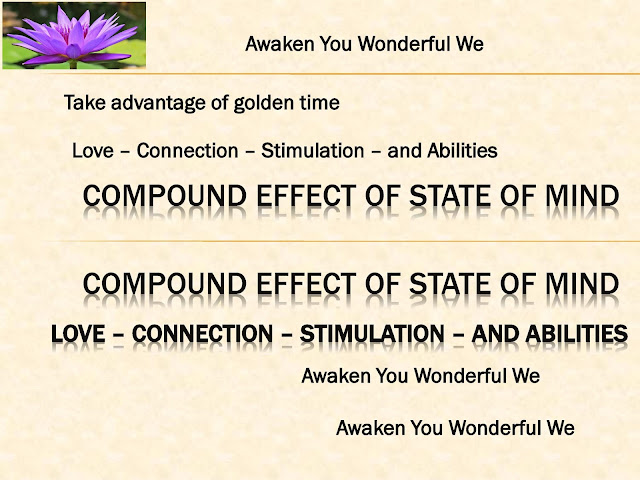
.

Giúp mọi người thành bác sĩ của chính mình. Và làm dần, đủ độ, khỏi cả bệnh mãn tính, thoái hóa, gai, huyết áp thấp, lạnh tay chân, cao huyết áp, nhịp tim cao tiểu đường.
Sách “Tự chữa bệnh không dùng thuốc” không sử dụng khái niệm y học phức tạp, đưa y học, khoa học, đời thường thành các bài thực hành phổ thông, dễ học, dễ thực hành cho mọi người.
Nguyên lý y học, thực hành thì cơ học, đơn giản. Có nguyên lý của tự khám, cách tự chữa, và tự sờ biết được khỏi hay chưa, còn hay không.
Cơ sở xoa bóp, bấm huyệt biết áp dụng sẽ nhân bội hiệu quả trong trị liệu mà nhàn, không mất sức, quan trọng là tác động tận gốc tạng và gốc khí huyết.
Hội nhóm tình nguyện khi biết làm (chỉ 1 vài buổi) thì cả trăm tình nguyện viên có thể thành nhà trị liệu cho cộng đồng. Và sản phẩm đơn giản, dễ làm, giúp cộng đồng khỏe mãi nhiều năm sau.
Ngành: Gốc thiếu ở nêu vấn đề. Và sai ở nêu giải pháp. Khi bệnh trên cơ thể vật lý chủ yếu chỉ là DO thể TẮC, CỨNG, LẠNH vật lý.
5 phút tự ấn bụng, vỗ lưng, ngực, gõ ấn bàn chân, bàn tay kiểm tra nhanh, sờ nhiệt chân tay là biết thể trạng, khỏe hay không, tắc ở đâu..
Cuốn sách không thể thiếu cho mọi người, cơ sở xoa bóp, bấm huyệt, phòng mạch, và người chăm sóc bệnh nhân.
Tác giả, ds Văn. Admin web Tuchuabenhkhongdungthuoc.com và khóa học online cùng tên.
Tác giả cuốn Awaken You Wonderful We phiên bản tiếng anh trên Amazon.
Và hướng dẫn các khóa online về tâm lý, thiền, chăm sóc trẻ, tự chữa bệnh trên nền tảng Edumall, Unica với hơn 50.000 học viên.
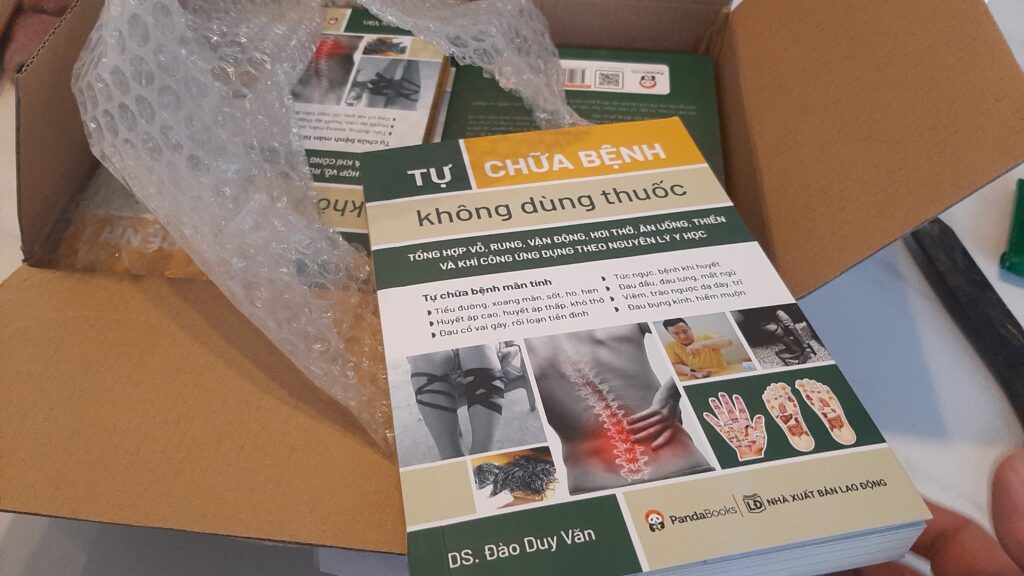
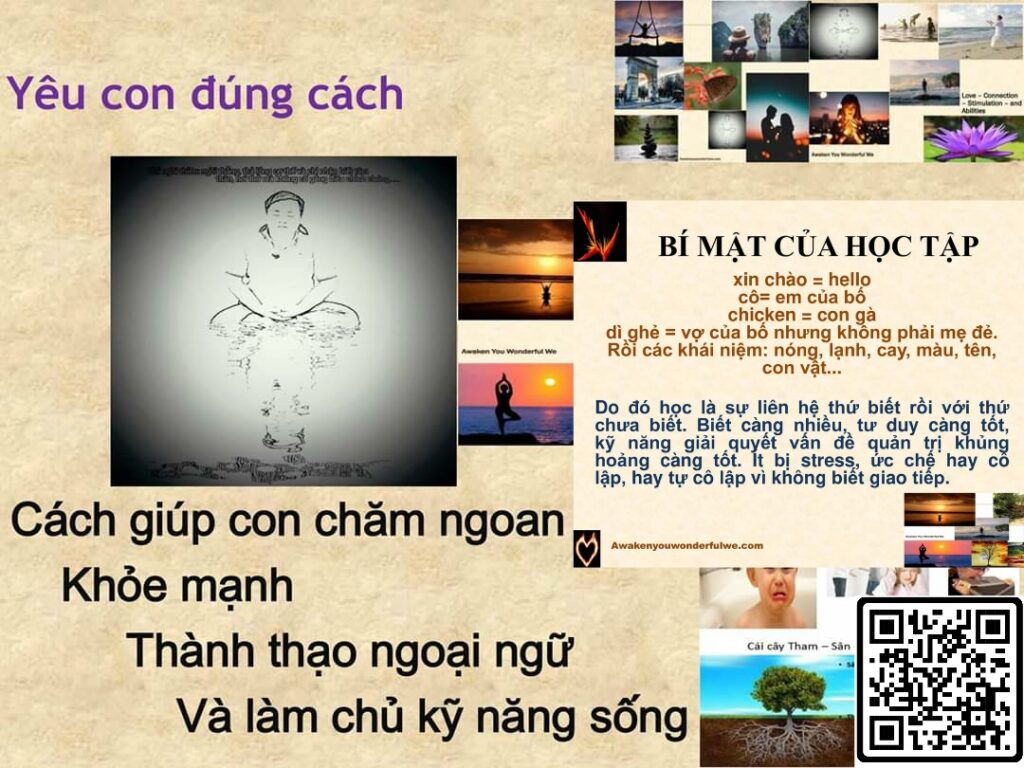
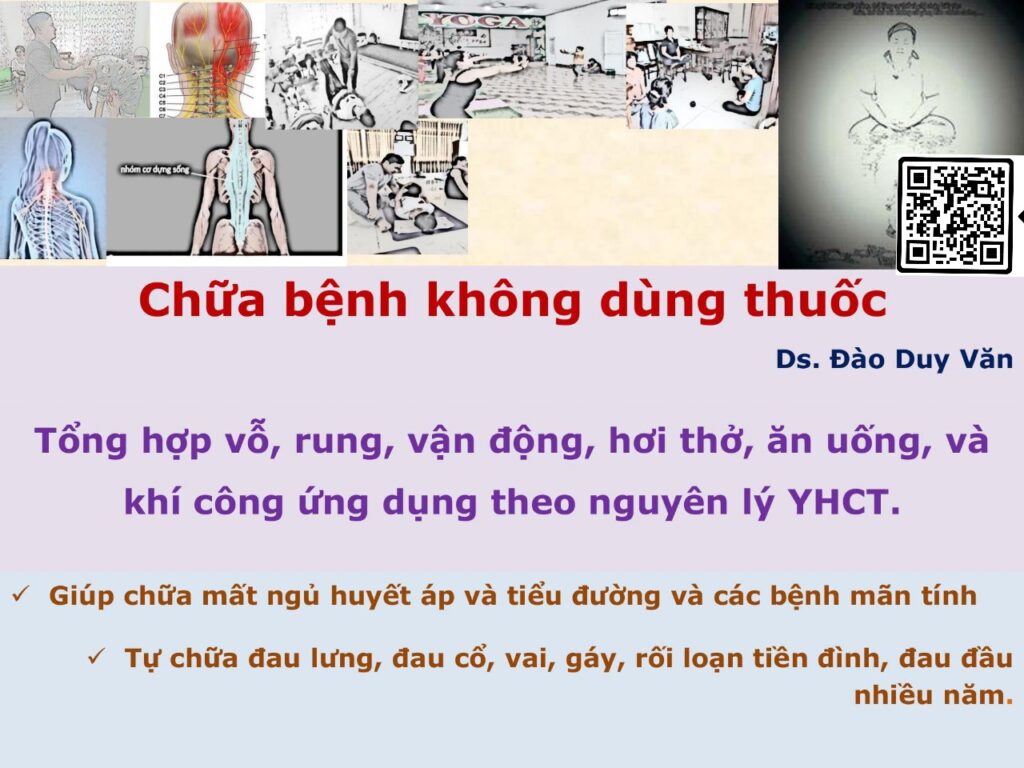

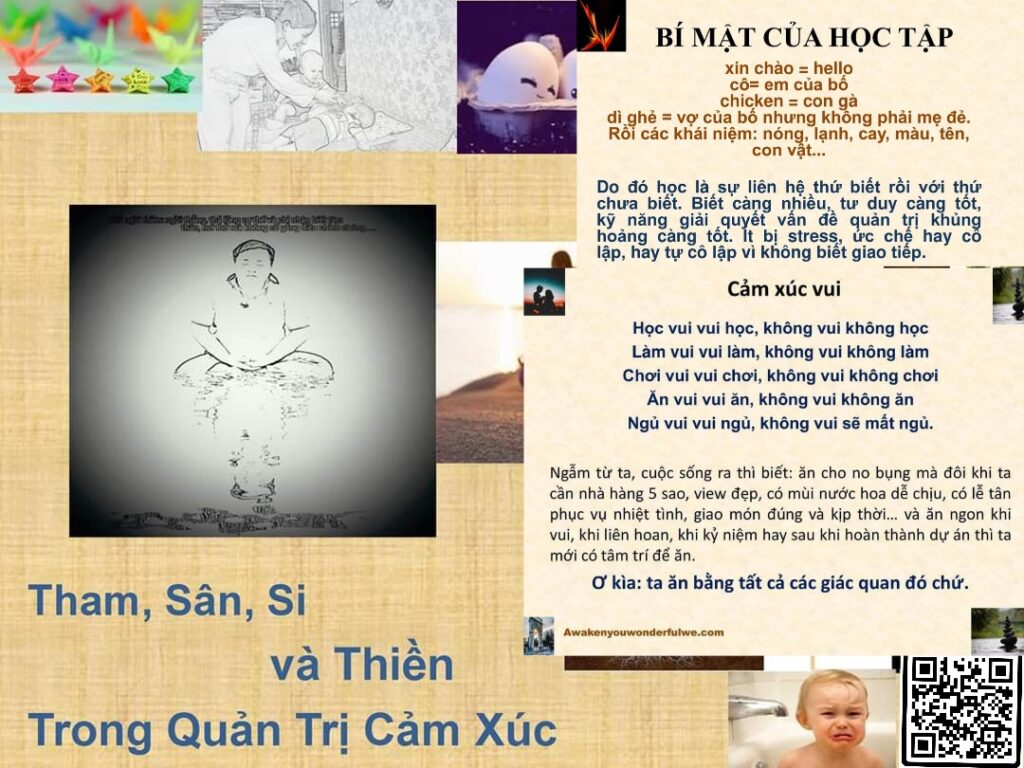
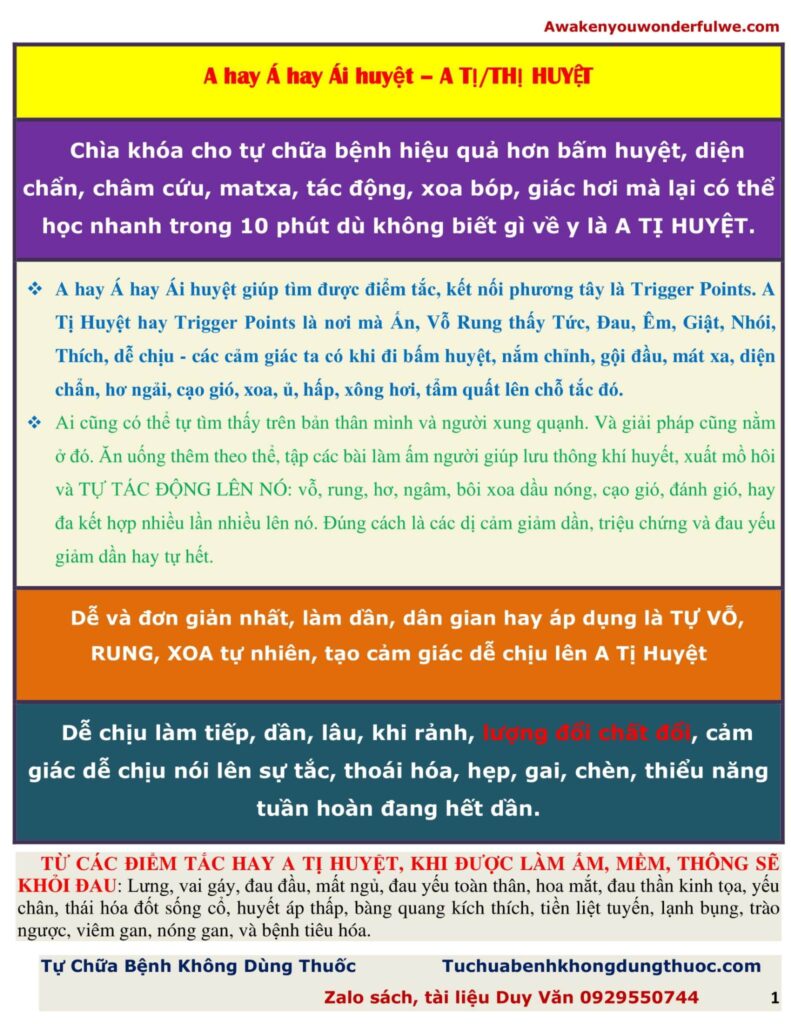


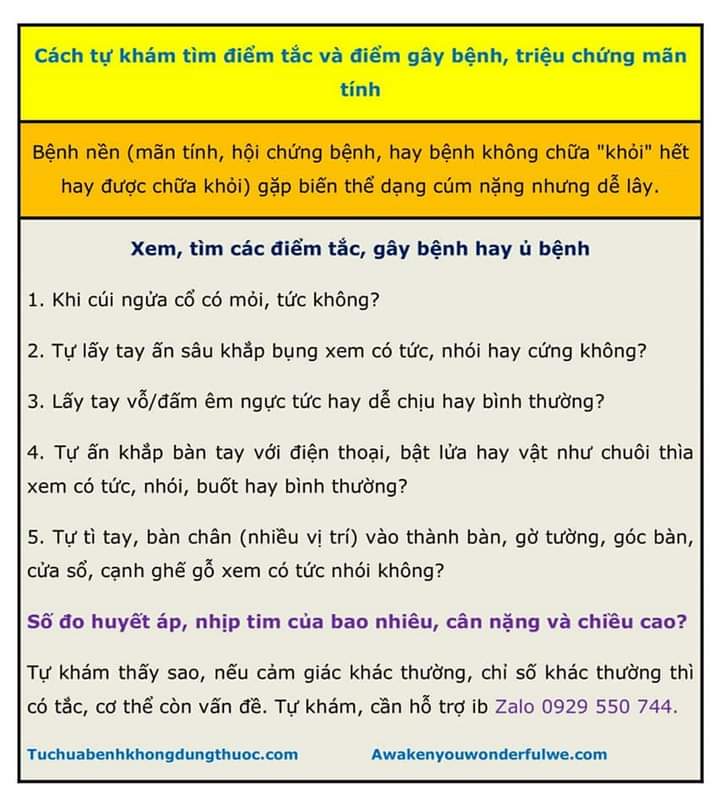
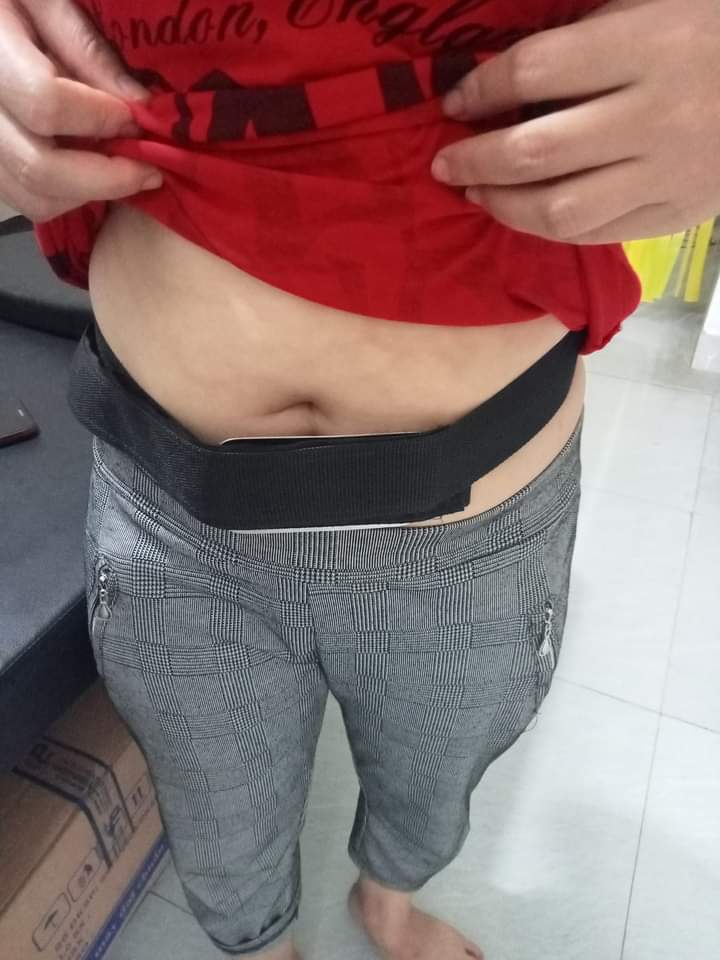
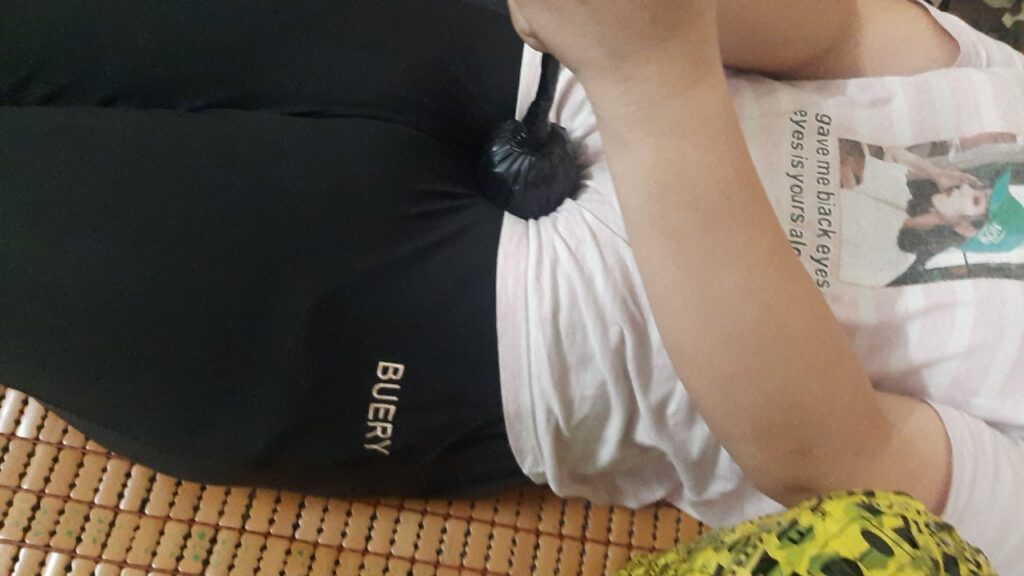
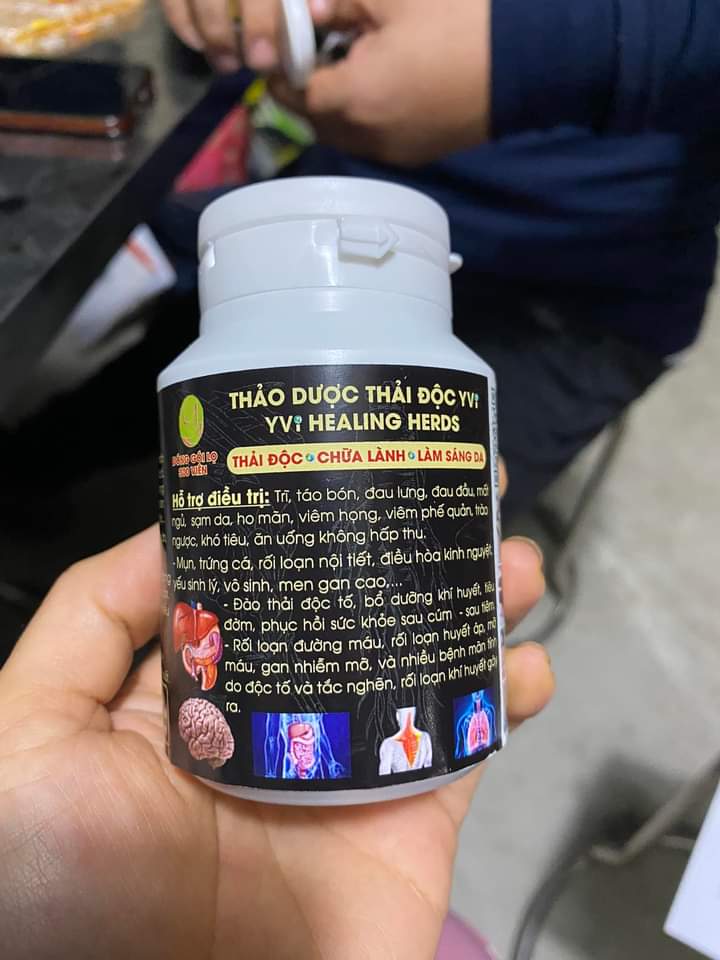
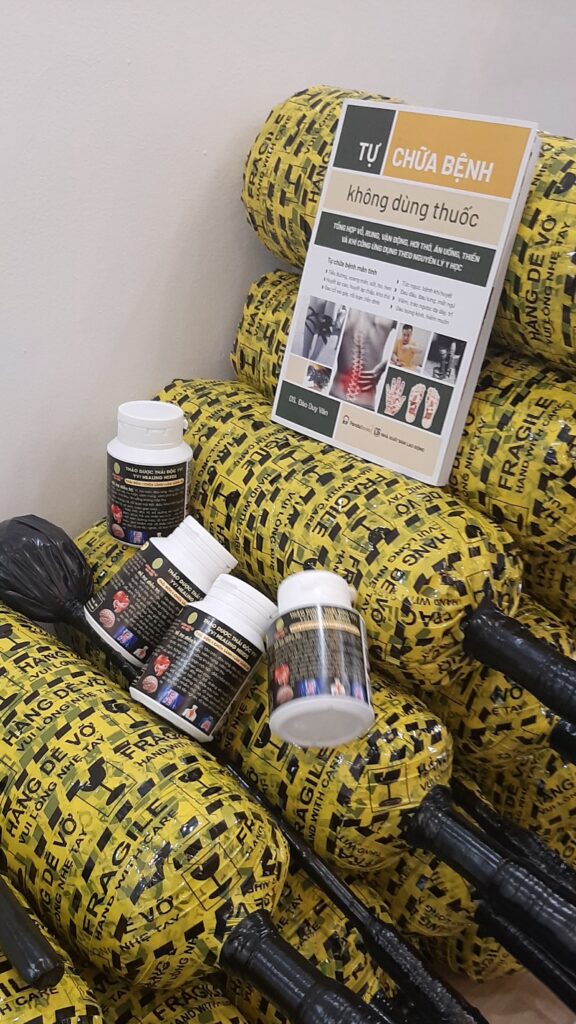
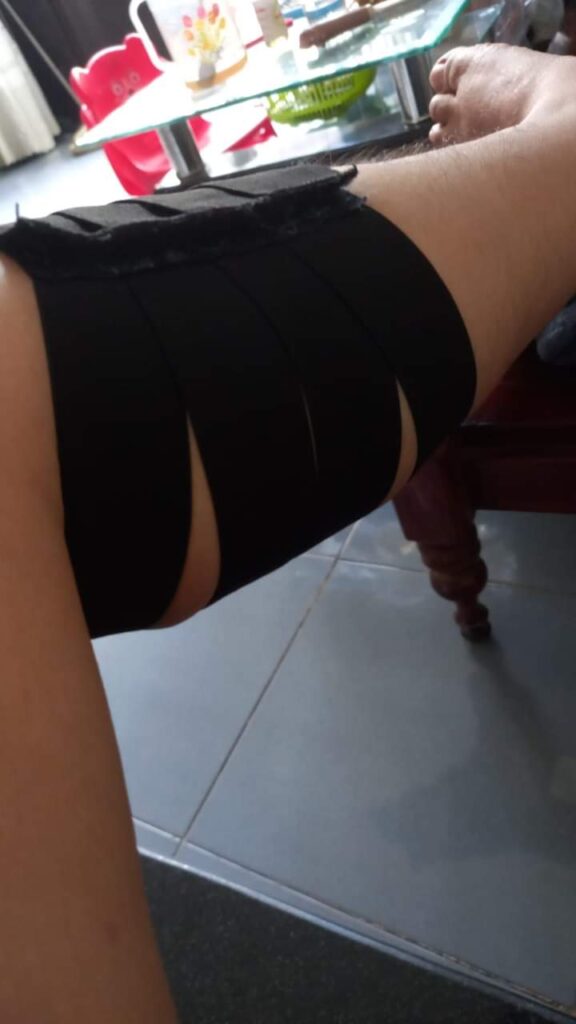


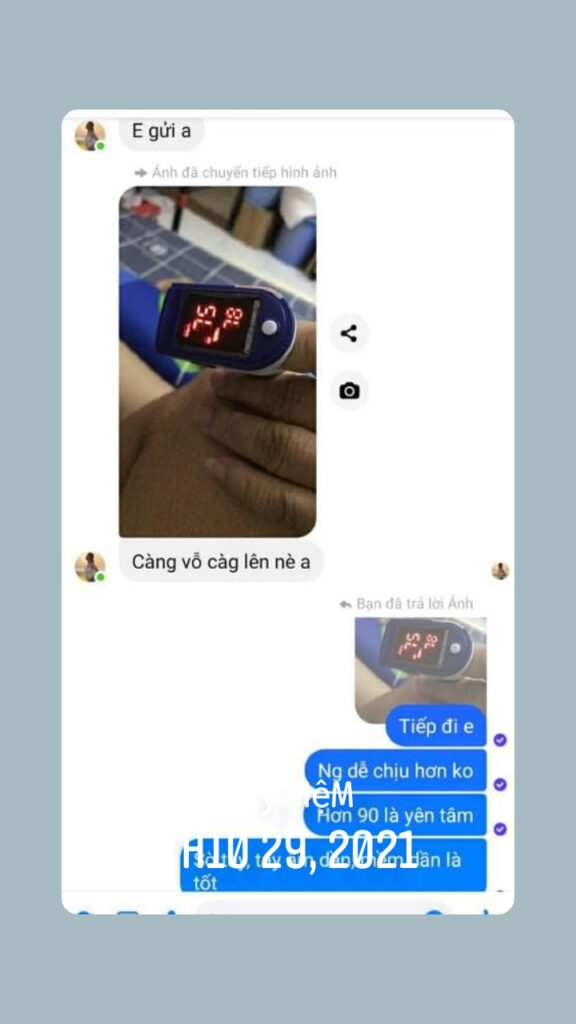
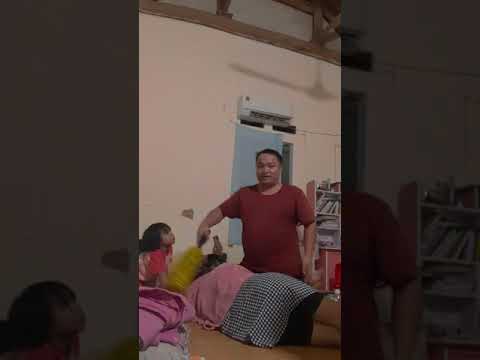


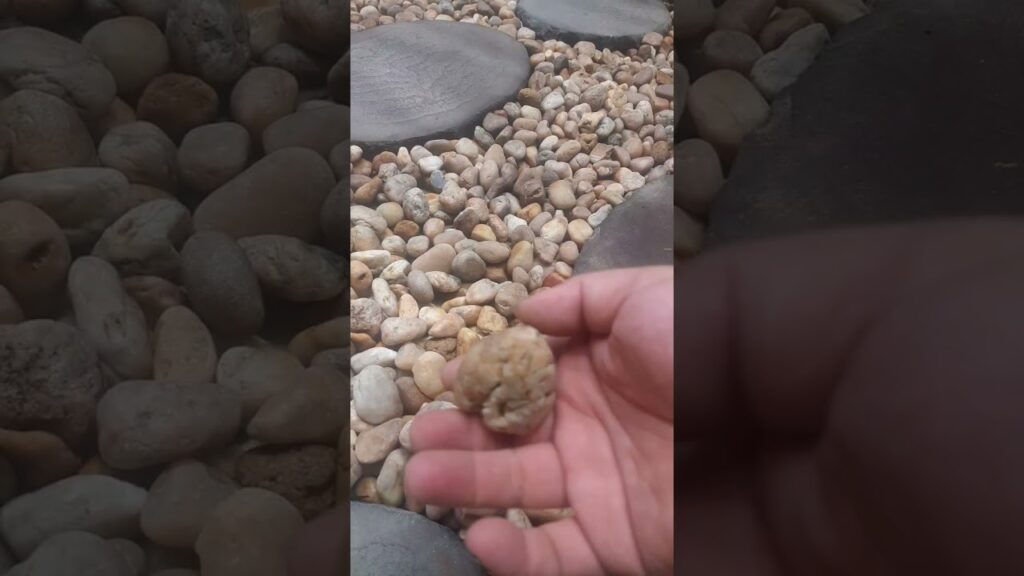
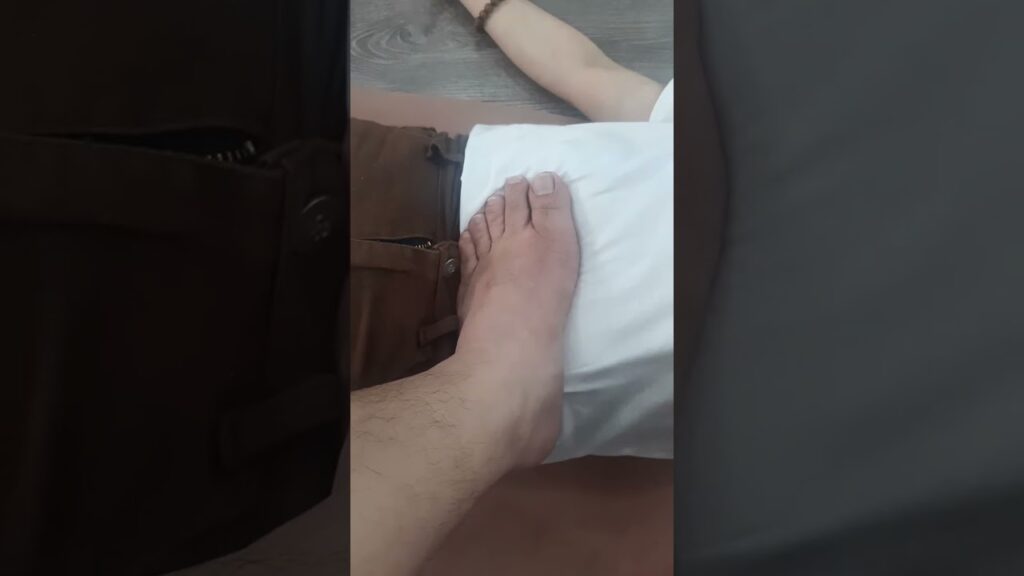
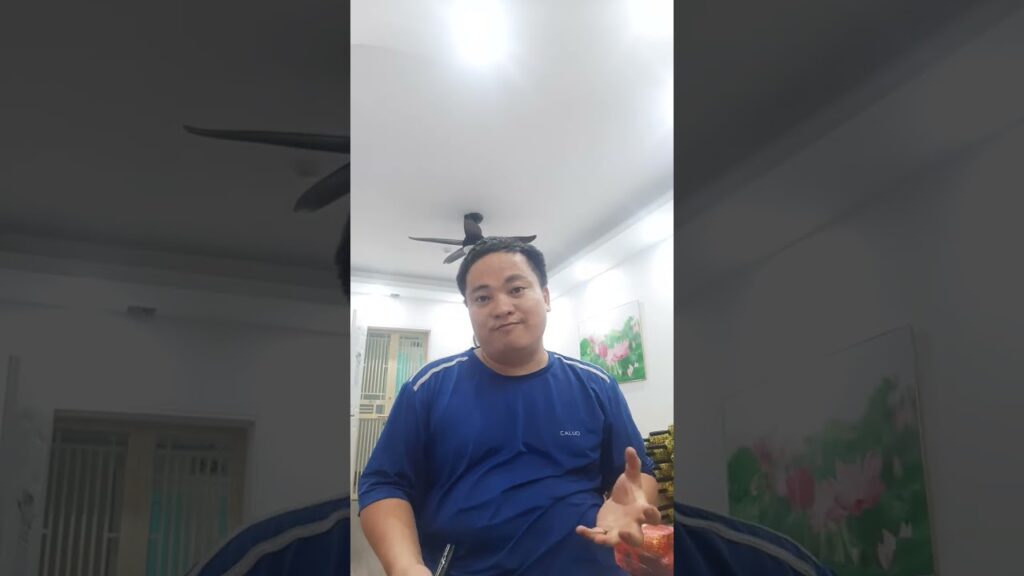
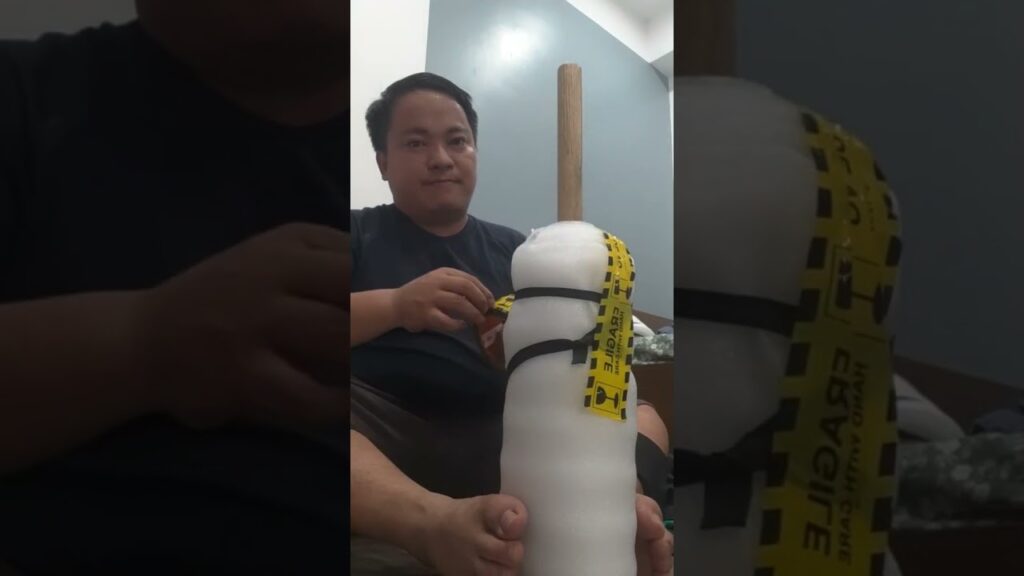

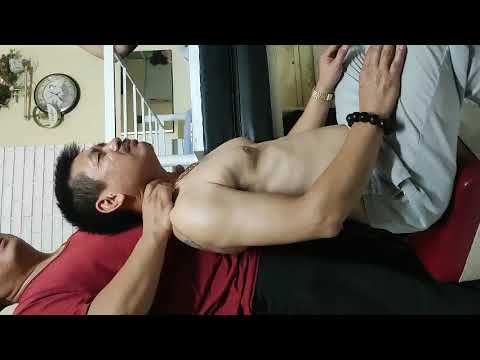
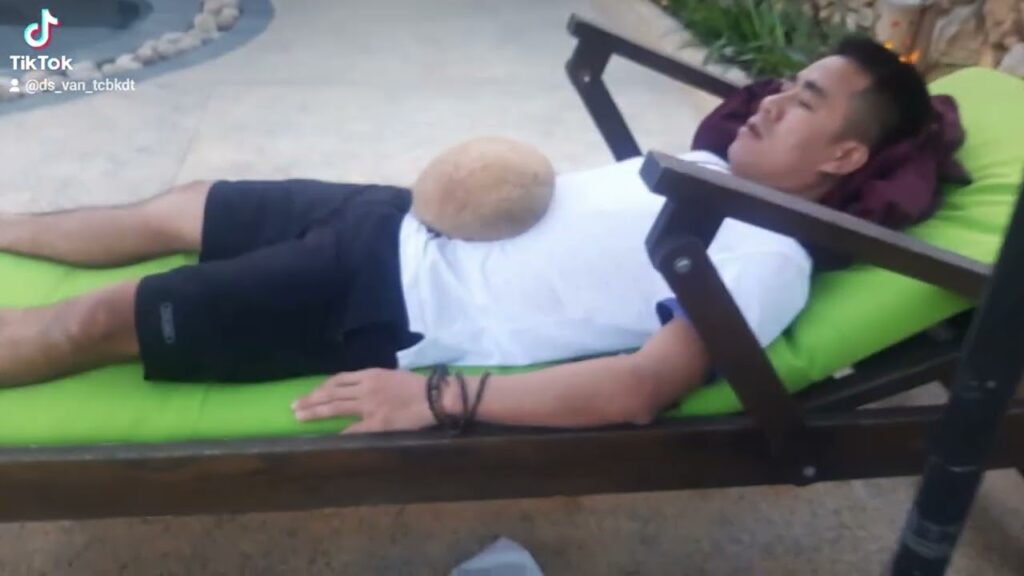
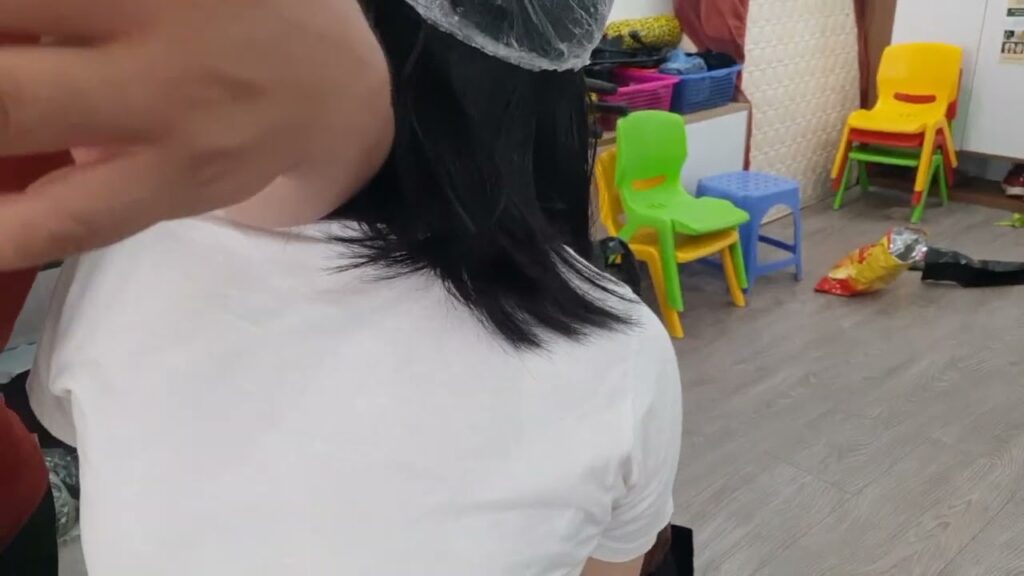
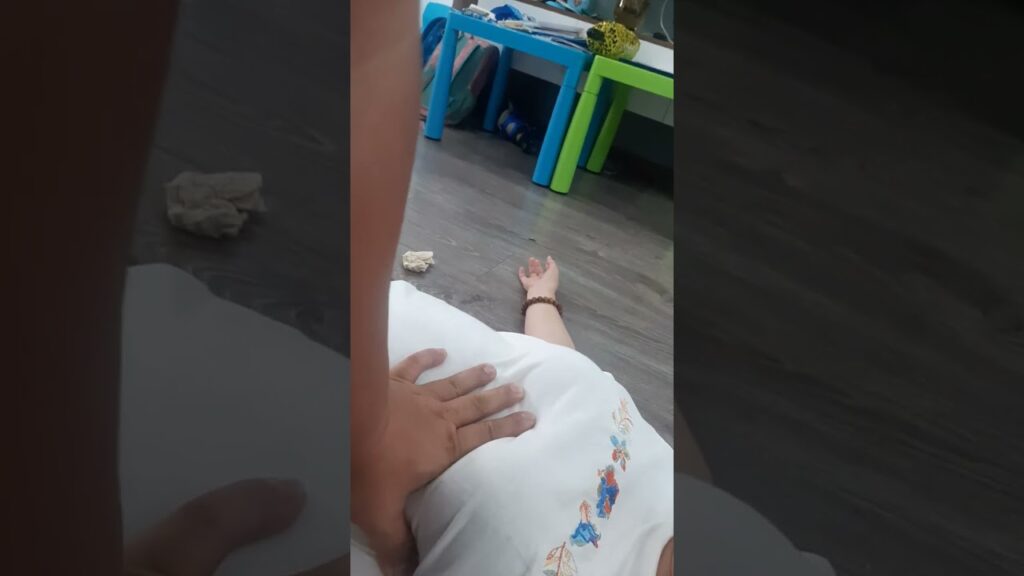
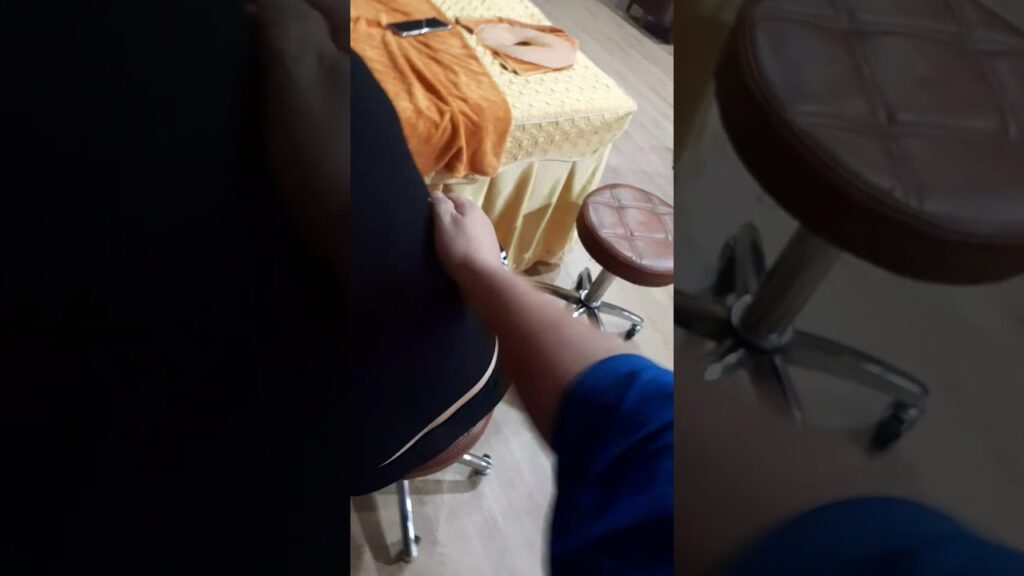

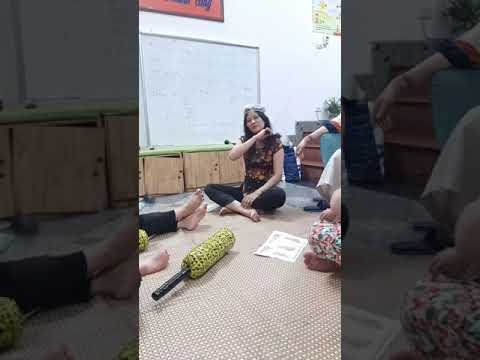
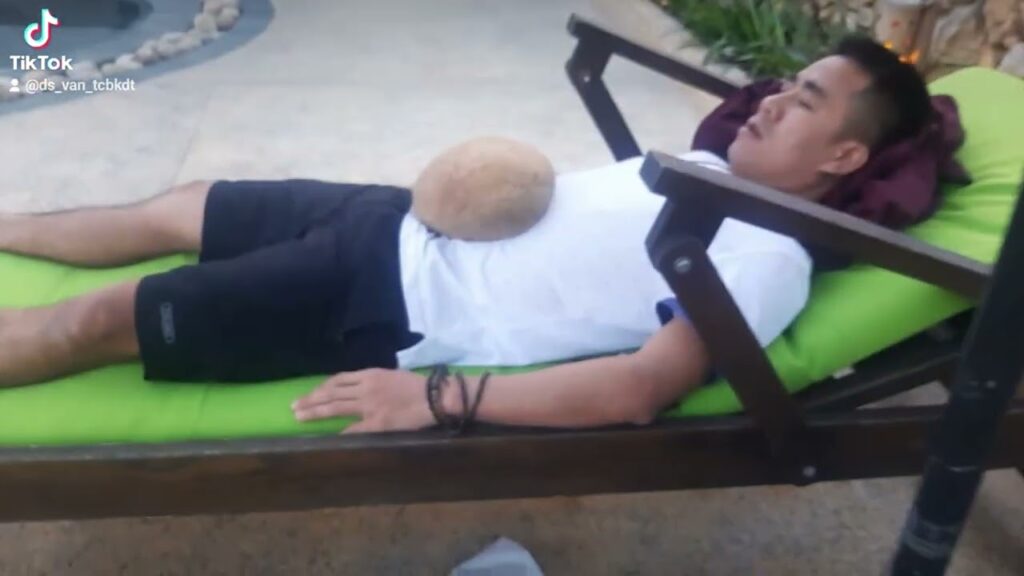
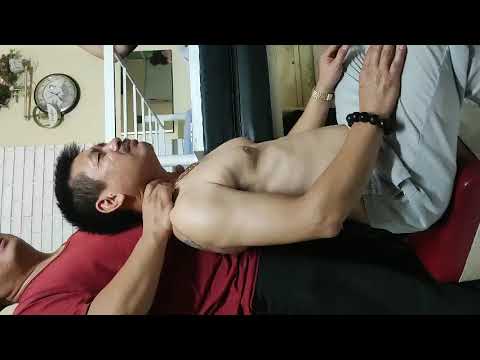

Tham, Sân, Si và Thiền trong quản trị cảm xúc
Tự chữa bệnh không cần dùng thuốc
Bí quyết nuôi dạy con ngoan, khoẻ và thông tuệ

Khỏi không cần thuốc
Mọi LÚC, ở mọi NƠI, với mọi THỨ.
- KHI:
Ngồi xem
Ngồi chém gió
Nằm xem
Nằm chát
Gọi điện tám
Xem phim
Ca hát thở
Đi trên xe
Bay trên máy
Ngồi đợi
Ngồi không
Ngồi ăn
Nằm sấp
Nằm ngửa
Đi bộ
Đạp xe
Cạnh bàn trà
TỰ THÀNH THỜI GIAN TỰ CHỮA CỰC TIỆN - VỚI ĐỒ
Ống hút
Giấy ăn
Chun, dây tái chế
Vỏ Chai, bình bỏ đi
Sỏi, đá, cát, gỗ xung quanh
Gỗ, ghế, dây, gậy
Gờ tường, góc, thành ghế
Chấn song
Song sắt
Quen rồi thì
Mọi thứ trong tầm tay.
Hơi thở
Vẩy tay
Cám
Muối
Nhang
Ngải
Máy sấy tóc
Dầu gió
Lược, thìa, đũa, que
Và
Hì, hà, hù, hóp, ấn, dấn, đưa tay
TỰ THÀNH ĐỒ TỰ CHỮA CỰC HIỆU QUẢ - Ở:
Công viên
Cafe quán
Sân chơi
Tại giường
Tại bếp
Hội thảo
Đồng ruộng
Góc phòng
Bàn trà nhậu
Cả
Cỗ cưới, xin, ma, chay
THÀNH ĐIỂM CHỮA LÝ TƯỞNG - Khi ăn ĐỦ No
Đồ ăn dân giã
Cụ ta xưa
nghèo đói thèm,
không kén chọn,
ăn suốt ngày
Khỏe suốt đêm
Đẻ suốt năm
mà không biết ốm.
Ăn key:
CHÌA KHÓA ĐA DẠNG
Đủ KCAL quan trọng
Thiếu Kcal là con nhà
chuẩn chết đói
ĂN theo
nhu cầu ăn,
Hay ngủ,
Hay gõ máy tính trong nhà lạnh,
Hay gõ mõ,
ít vận động tay chân,
thi đấu,
hay làm như trâu.
Có em kêu gầy
Gầy khác gì đói
Gầy cần ăn thêm
Không ăn được thì
Sau ăn
UỐNG.
Nhẩm kcal,
dỗ 1 cốc sữa đặc
Năng lượng hơn 3 bát cơm
Mà
ngon
bổ
Rẻ
DỄ TRÔI.
Ơ Ơ ĐÁI ĐƯỜNG
Đừng khôn thế
Kẻo suy dinh dưỡng trên đống của
Chết trên đống đồ ăn
VÀO NHÀ MÀ ĐÁI
Mua máy đường máu mà đo.
Tuần 3 lần mà xem.
Khôn quá hóa dại là HỎNG.
LINH HOẠT ĐỦ một, hai, ba, bốn
Sẵn tâm hay giúp người
Người hay niệm adida
Tâm phóng sinh
Thì NGUYÊN LÝ GIÚP NGƯỜI GIÚP TA
Ta sẽ tự khỏi
Tự khỏe
Tự phòng
Tự chữa
Tự đem lại niềm vui cho người
Cho mình
Linh Đàm, Hanoi t6/28/5/2021
Cbkdt Văn
P/s:
Còn bệnh ib Zalo 0929550744. Ko thuốc, ko tpcn, liệu pháp tự nhiên.
💯💯💯👉 THÔNG TIN HỮU ÍCH, HÃY LIKE VÀ SHARE/ CHIA SẺ ĐỂ NHIỀU NGƯỜI CÓ THỂ ỨNG DỤNG KHI CẦN.
Tự chữa bệnh ko dùng thuốc: tổng hợp dinh dưỡng, tự vỗ, rung, ép, ấn, cào, chà, thông chỗ tắc: Aa Áa Ái Tị Huyệt. Vô sinh, cao/thấp h.áp, tiểu đường, mỡ máu, mất ngủ, đau mãn, ngứa, viêm da…
TỰ KHÁM TỔNG QUÁT Xem bệnh của tạng, tìm điểm tắc bên trong: Làm theo Tự khám tìm chỗ tắc thấy sao?
Đau là tắc, ngoài tắc ở tay nó còn có phản xạ tạng tại tạng cơ quan là bệnh của cơ quan, giảm của chức năng, xơ, cứng lạnh đi với ù, mờ,,đục, xanh…
Duy Văn
